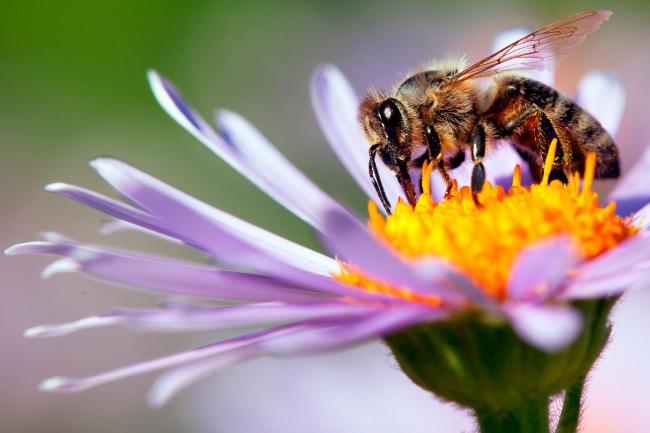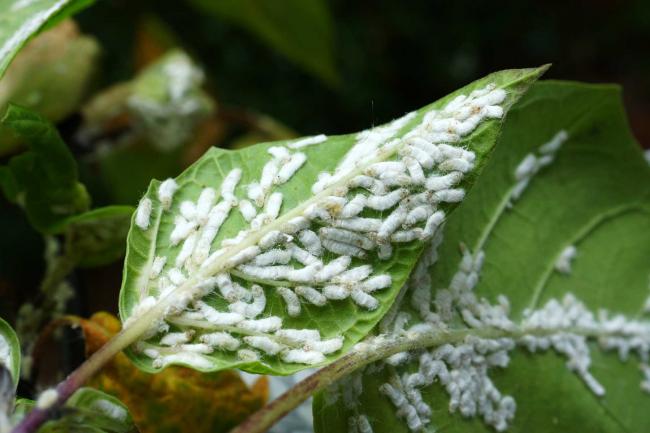
Biography
After completing an undergraduate degree in Biological Sciences at the University of East Anglia, I began my PhD with Professor Philip Gilmartin. My project was split between the John Innes Centre and the Earlham Institute.
Our research focussed on characterising genes that function in the heteromorphic self-incompatibility system of heterostylous Primula flowers. During my PhD, I was given the opportunity to get involved with bioinformatics and quickly became engrossed in computing; from BASH scripting to bare metal chip programming in low-level assembly language.
I am now employed to work on the Darwin Tree of Life project as part of a team aiming to obtain reference genomes for all 66,000 eukaryotic species in the UK. My focus is on population genetics and genome assembly of Hymenoptera species, many of which are important pollinators.
Related reading.
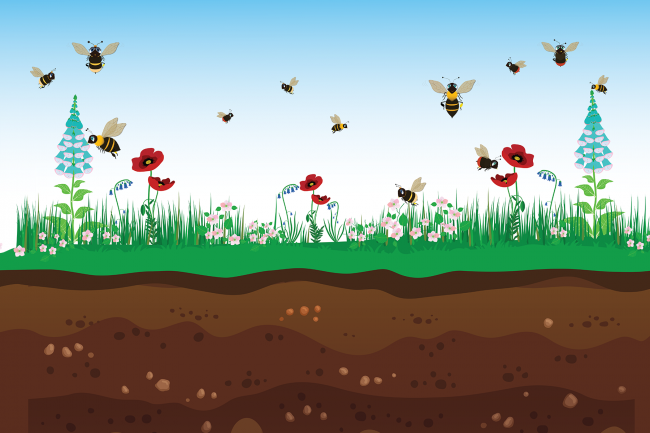
Barney Bee is buzzing for Norwich Science Festival
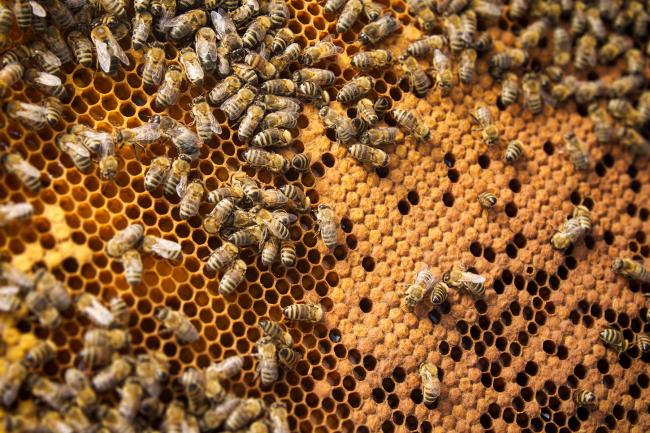
Moku virus highlights potential threat to pollinators worldwide

Genetic integrity needed for Biodiversity Net Gain to flower
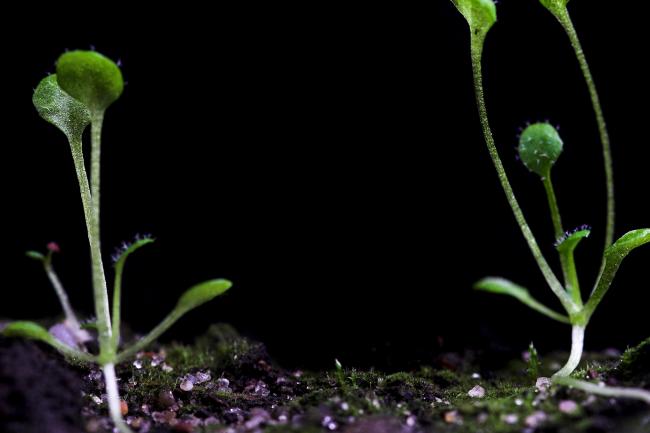
Light-up plants and tunable roots signal new solutions for climate crisis

How the latest platforms are scaling-up our impact in aquaculture

The fish, the fungus, the grass, the bee - and the brassica

COPO: providing context through metadata

Standout innovation contributes to knowledge exchange
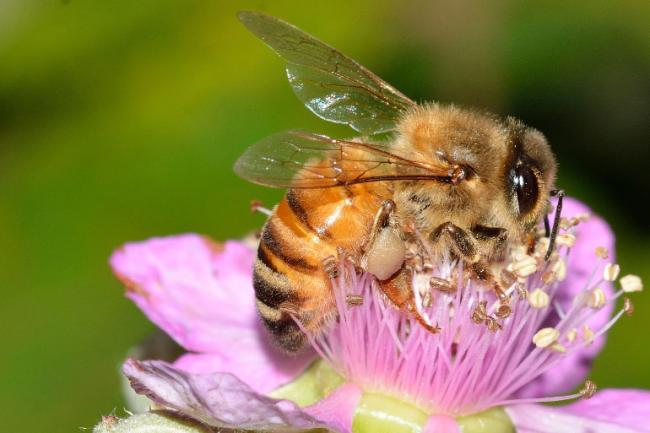
Where are the bees? Tracking down which flowers they pollinate
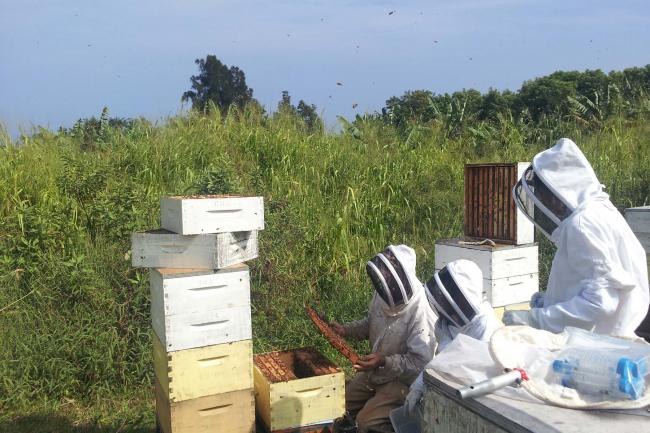
Study highlights a new threat to bees worldwide

Transformed: the plant whose sex life fascinated Charles Darwin

New genome assembly finds yeast variant is distinct species

Science and Technology Secretary announces Engineering Biology investment

Identifying criminals from a single cell
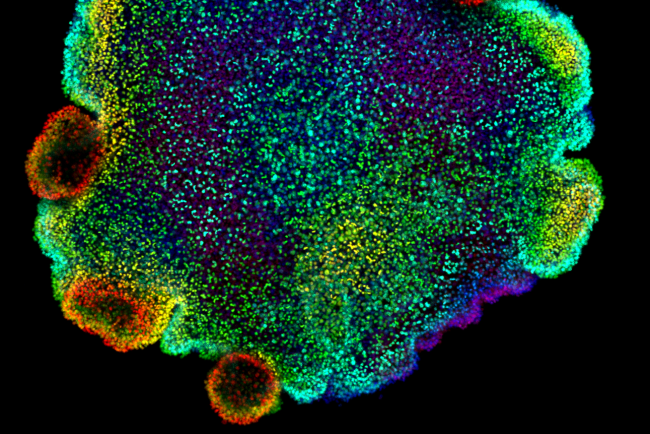
£3m funding for project to chart cellular diversity on Earth


